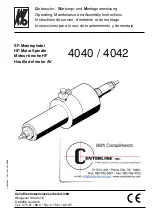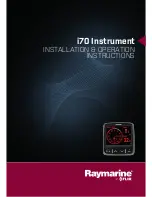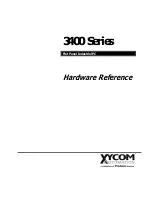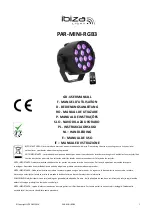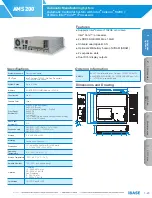A N 7 2 6
16
Rev. 0.1
5.9. Build Configurations
The Precision32 and uVision projects include two build configurations each: Release and Debug. These
configurations change the code optimization settings. In addition, each configuration sets a flag to allow the
firmware to automatically detect the current build configuration and IDE. This enables the firmware to modify the
play/record flash mode array size to appropriate settings based on the code size. The approximate sizes for each
build configuration are shown in Table 4.
To change the active build configuration in the Precision32 IDE, right-click on the project name in the Project view
and select
Build Configurations
Set Active
Debug
or
Release
.
Figure 18. Setting the Active Precision32 IDE Build Configuration
Table 4. Build Code Size Comparisons
IDE
Build
Code Size (bytes)
Precision32
Debug
68200
Release
47200
uVision4
Debug
40200
Release
34700
Summary of Contents for AN726
Page 27: ...AN726 Rev 0 1 27 NOTES ...

